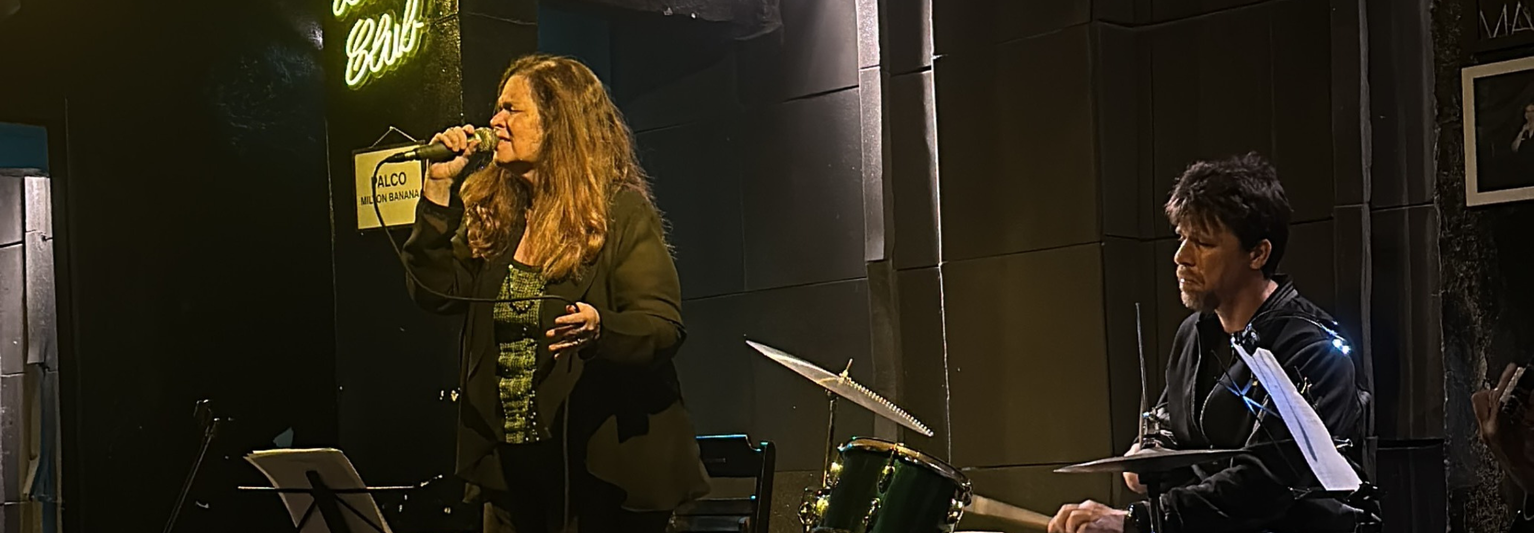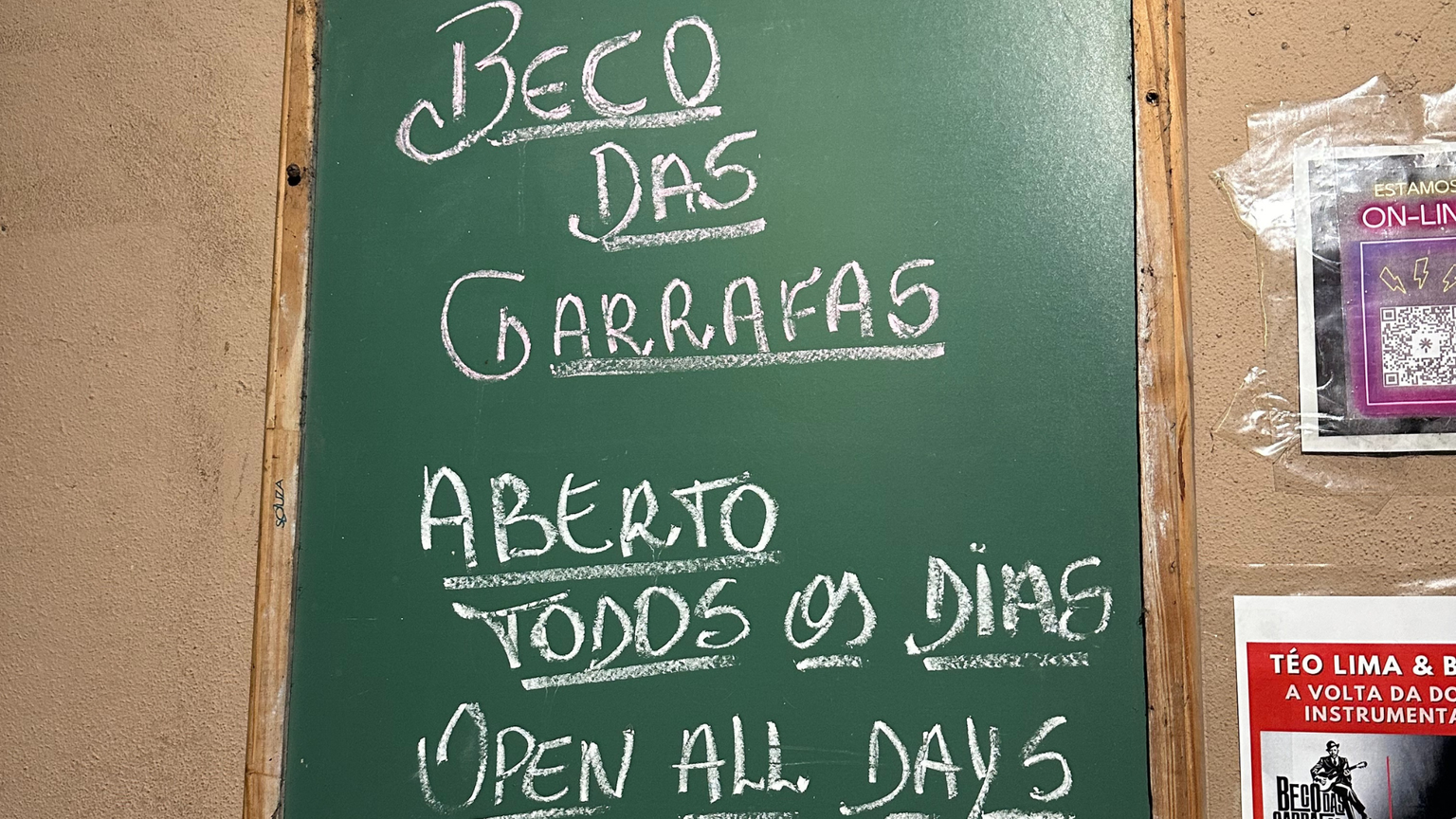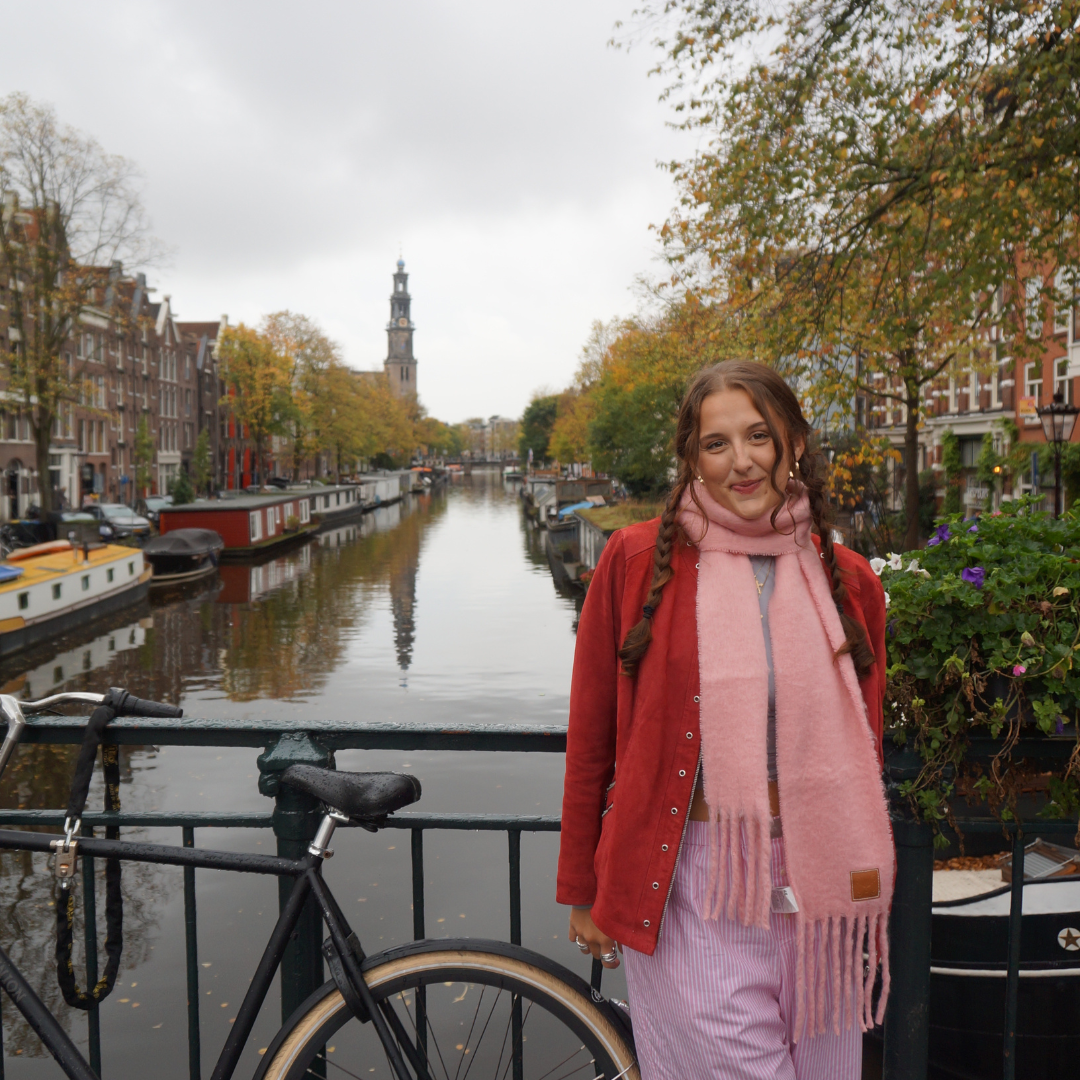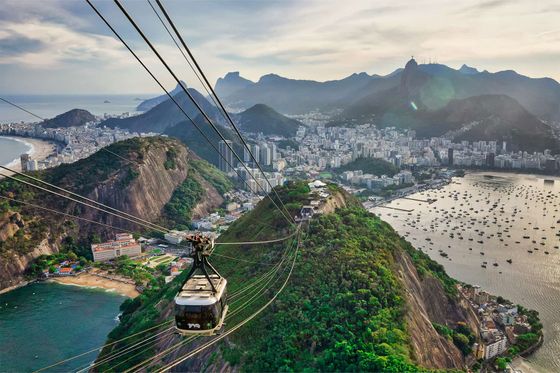
How I Crashed a Locals-Only Bossa Nova Club in Rio
Thought Brazil was all caipirinhas + Christ the Redeemer? Think again. The real magic’s in a tiny Copacabana bar where Bossa Nova was born—and yes, it’s as vibey as it sounds.
I’ve always believed that the best way to experience a new place isn’t just through sightseeing or ticking off bucket-list landmarks, it’s through the locals, and maybe moreso, the music. Music is culture in its purest form. It’s language, memory, rhythm, and heart all rolled into one. And for me, the sound of Brazil has always been Bossa Nova.
I can’t even pinpoint when I first fell in love with it. There’s something about Bossa Nova that feels timeless. So, when I finally booked a trip to Brazil, my first thought wasn’t about beaches or samba or Carnaval (though those are all spectacular in their own right). My thought was: I need to hear Bossa Nova in the place it was born.
Here’s the funny thing, I didn’t find the place in a guidebook, on Google, or in one of those “Top 10 Things to Do in Rio” listicles. Instead, it came from a completely serendipitous encounter.
Months before I left for Brazil, I went to a Bossa Nova night in my own city. I struck up a conversation with a woman sitting next to me. She was from Brazil, and the second she realized I was planning a trip, she lit up.
“You love Bossa Nova?” she asked.
I nodded enthusiastically.
“Then you have to go to Beco das Garrafas in Copacabana. That’s where it all started.”
It felt like being let in on a secret. She scribbled the name down for me, and I tucked it away, knowing it would be one of those moments I couldn’t miss.
Fast-forward to a warm night in Rio. Copacabana itself buzzes with life: street vendors selling skewers of meat, beachgoers still wandering in flip-flops even after sunset, music spilling out of random corners. But Beco das Garrafas? You wouldn’t stumble on it by accident.
It’s tucked into a narrow alleyway, a tiny venue with a doorway you might walk past if you didn’t know better (it actually took us a few minutes to find it). From the outside, it doesn’t scream “historic landmark.” There’s no neon sign or touristy fanfare. And that’s exactly what makes it special.

The moment I stepped inside, I knew this was different. The room was intimate, maybe enough for a few dozen people, tops. The crowd was entirely local, only speaking in Portuguese. I quickly realized I was the only outsider, the only one who didn’t catch the jokes or the easy banter. But instead of feeling like an intruder, I felt like I had been welcomed into someone’s living room.
That night, multiple singers rotated through the small stage, each bringing their own voice and interpretation to the music. No flashy production, no over-the-top theatrics, just pure sound. Guitar, vocals, the occasional percussion.
It’s hard to put into words what it felt like to sit there, drink in hand, and hear Bossa Nova in its birthplace. You could close your eyes and imagine the 1950s and 60s, when young musicians were gathering here and reshaping Brazil’s musical identity. This wasn’t just entertainment; it was cultural DNA. I didn’t understand every lyric, but I didn’t need to. Music has this way of transcending language, and Bossa Nova, especially, communicates in feeling. The rise and fall of the melody, it all said more than words could.
Part of what made the night so special was knowing the history of where I was sitting. Beco das Garrafas (literally “Bottles Alley”) is considered the birthplace of Bossa Nova. In the 1950s and 60s, it was a gathering spot for young musicians like Elis Regina, Baden Powell, and João Gilberto, artists who would go on to define the genre and bring it to the world stage.
Back then, it wasn’t glamorous. The alley got its nickname because locals would throw bottles into it after noisy nights. But out of that little corner of Copacabana came a new sound, one that fused samba with jazz and created something entirely new.
Sitting in that tiny bar decades later, you can feel that history. It’s not a museum piece, it’s alive, carried forward by the next generation of singers who keep showing up to perform.

I think what moved me most about the experience wasn’t just hearing the music, but the way it connected me to Brazil on a deeper level. Traveling often gives you snapshots of a place: the famous sites, the food, the scenery. But when you sit in a room filled with locals, listening to something that was born in their city and still lives there, it’s a whole different level of connection.
So, here’s my honest advice: if you’re planning a trip to Brazil, you must put Beco das Garrafas on your list. Don’t expect a tourist-friendly show or flashy production. Do expect authenticity. Do expect to be one of the only non-locals. Do expect to walk away feeling like you just touched a piece of living history.
It’s not just a bar, it’s an experience. An initiation into Brazilian culture through its most iconic export.
Sure, the beaches are stunning. The views from Sugarloaf Mountain are worth every sweaty hike. Christ the Redeemer is awe-inspiring. But this? This is the heartbeat of Brazil. And you don’t just see it: you feel it.
So, if Bossa Nova has ever touched you, if you’ve ever swayed to “The Girl from Ipanema” or let João Gilberto’s guitar play you into a dream, then go to Beco das Garrafas.
Because in that little bar, on that little street, you’ll find more than music. You’ll find the soul of Brazil.
















